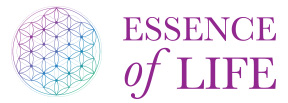What we call “health” care, and that involves medical attention from health professionals, is more accurately “sick” care – we are treating the body when it ails or fails us. This confusion of semantics may seem trivial, but I think that a shift in this vocabulary perpetuates a shift in thinking – we should embrace “health” care as proactive wellness focused on healing, and not reactive patching when symptoms suddenly emerge. Placing your hand in the air to stop a ball from smacking your face, rather than simply treating the wound after it happens (or practicing mindfulness so that you know when to step out of the way of airborne balls!)
Here are a few key differences between what we think of as “sick care” and “health care.”
|
Sick Care |
Health Care |
|
Treats already present symptoms. “Sick” is the starting point of intervention. |
Intervention starts with prevention, aims to establish body wellness to prevent symptoms. |
|
Sees the mind and body as separate entities. |
Aims to integrate the body and the mind so that the powers of healing that are inherent in all of us can come through. |
|
Localizes the “hurt” and places a bandaid over it to stop the immediate consequences. |
Sees the “hurt” as stretching through the entire body, and the treatment is to stop the long-term consequences (including spread). |
|
Doctor or health professional is the authority, and directs treatment. |
The individual is the authority, and is empowered with this knowledge to make individualized choices. |
|
Disease is an attacker, the individual a victim. |
Individual takes responsibility for the disease, thereby also taking control of the outcomes. |
|
Is passive. |
Is active. |
|
Views illness and wellness as black and white. |
Views wellness as a spectrum. |
|
Cure is an event that “takes place” almost suddenly, and with finality. |
Healing is a process, a slow one that never really ends. |
|
Symptoms signal a diagnosis, and the naming of “disease” becomes an important part of the cure. Treatment aimed at localizing the hurt. |
Illness defies classification because it is an individualized experience. Treating the whole body is more important than one part of the body. |
How can you shift your thinking into the “health” care mindset? Begin by recognizing that the power for change begins inside of yourself. And the journey begins with the choices you make today. Prevention means living a life of whole body wellness: eat healthy food not because you have heart disease, but because your body is built on nutrients. Exercise not because you are overweight, but because it builds muscle and a strong heart. “Taking it easy” is not for lazy people, it is an active prescription for preventative wellness. Learn how to de-stress. And learn all you can about wellness and what tools are at your disposal to access the information about your body’s functionning that will help you prevent or cope with symptoms should they arise. Thermography is one such tool – where you can monitor your body’s functional health and even detect illness before it takes hold.




